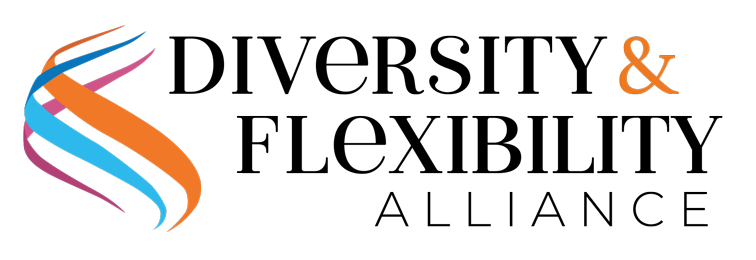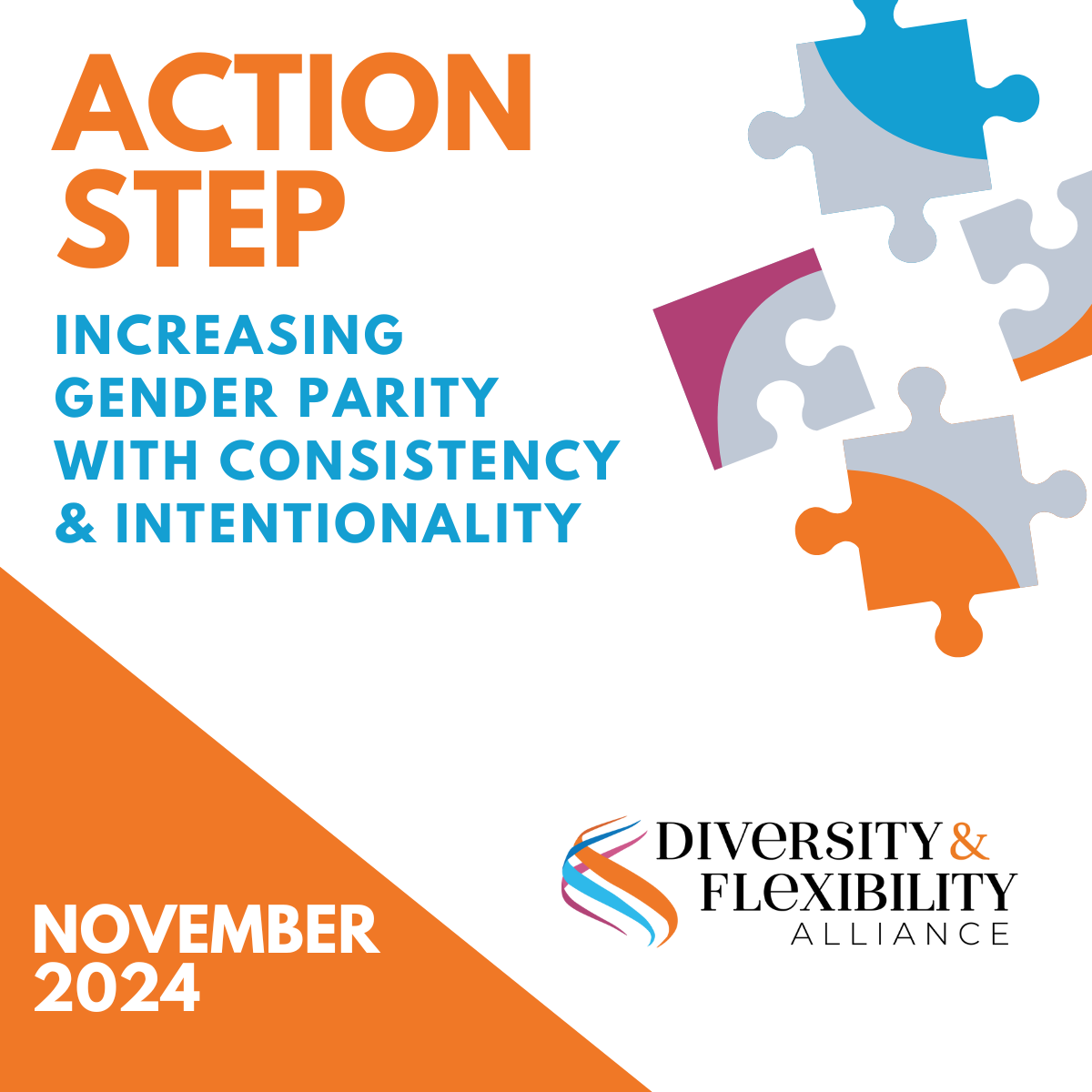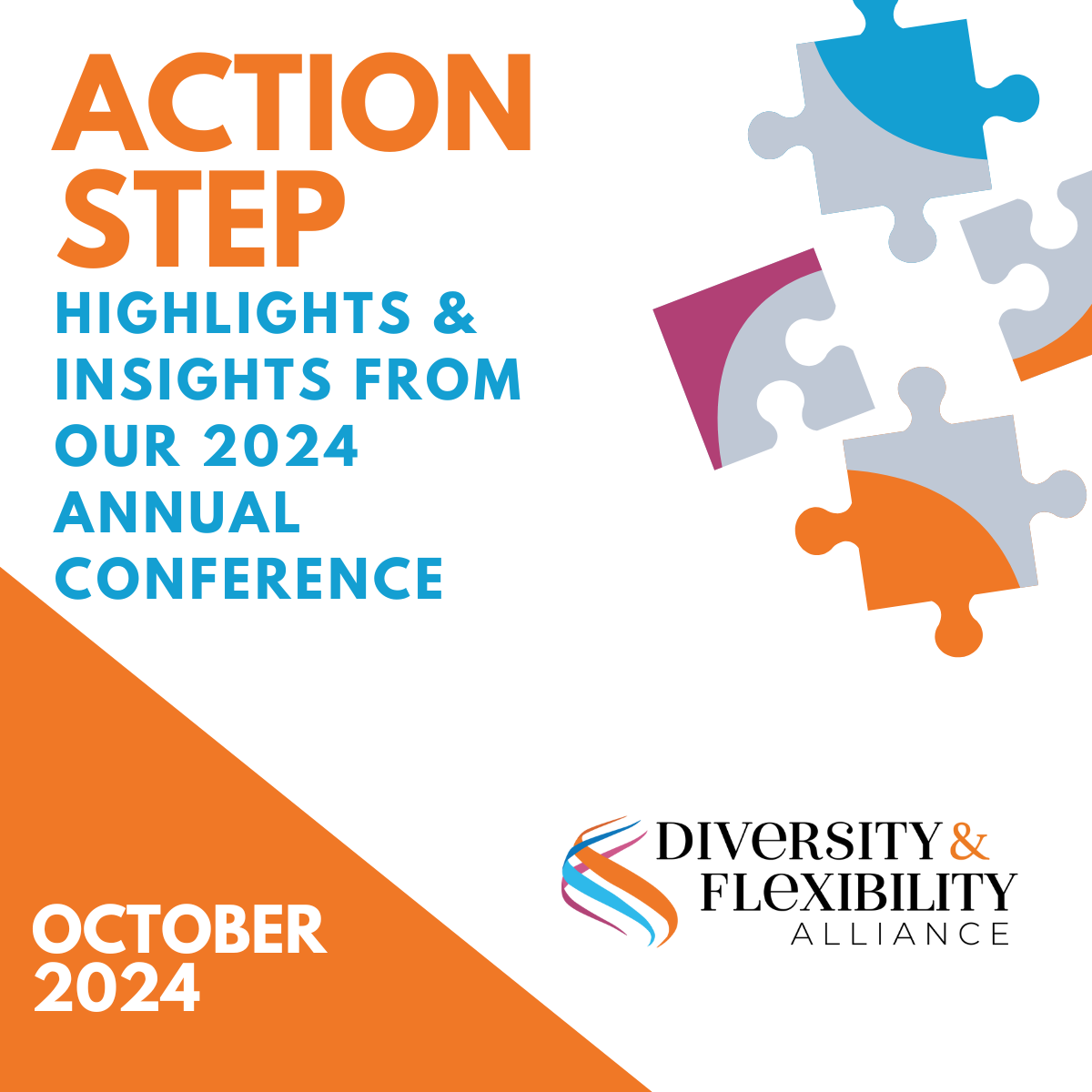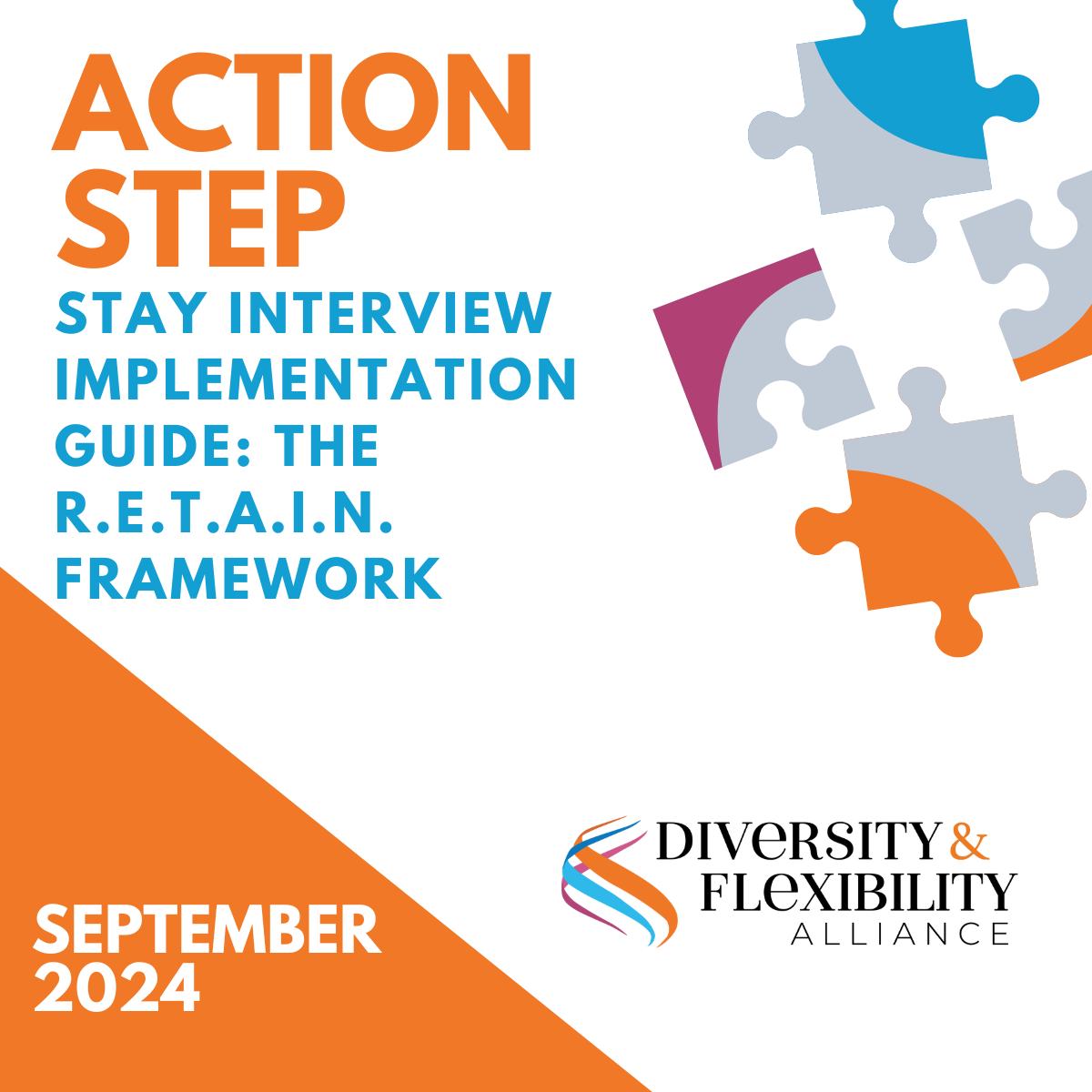The Alliance’s Action Steps are designed to assist organizations with implementing practical strategies and policies related to diversity and flexibility. Members can access full versions of all of the Alliance’s Action Steps in the Member Resource Center.
The pace of workplace change today is unprecedented, with organizations navigating everything from shifting workforce expectations to debates over flexibility and DEI. In this rapidly evolving environment, leaders and employees alike are grappling with uncertainty. Without a clearly defined and intentionally cultivated culture, organizations risk becoming reactive rather than resilient.
Culture is not just about physical presence or a list of corporate values tucked in a handbook. It’s the heartbeat of an organization, shaping how decisions are made, how people engage, and how businesses evolve. A strong culture provides clarity and direction, allowing organizations to stay grounded in their mission, values, and vision— regardless of external challenges.
The question is: How do you define and strengthen a culture that supports your organization’s future?
Define Your Culture with Purpose
Culture is the foundation that shapes every decision and action within an organization. To define it with clarity and intention, the Culture Clarity Framework developed by Manar Morales provides a structured approach based on four essential questions:
- Who do we serve?….
Members: Continue reading this Action Step in the Member Resource Center.
To read this entire Action Step become a member of the Diversity & Flexibility Alliance. To learn more contact Manar Morales.

 On a more positive note, we did see certain bright spots. Notably, member firms had an average of 1.6% higher share of women partners in their U.S. new partner classes over the last five years. In addition, a nearly 13% increase existed in the share of firms reporting a 50/50 split or greater in favor of women in U.S. new partner classes over the last two years. We also saw a 2% decrease in the share of firms with no women partners from last year. These bright spots suggest that a number of law firms are making concerted, intentional efforts to address gender imbalances during the partnership promotion process.
On a more positive note, we did see certain bright spots. Notably, member firms had an average of 1.6% higher share of women partners in their U.S. new partner classes over the last five years. In addition, a nearly 13% increase existed in the share of firms reporting a 50/50 split or greater in favor of women in U.S. new partner classes over the last two years. We also saw a 2% decrease in the share of firms with no women partners from last year. These bright spots suggest that a number of law firms are making concerted, intentional efforts to address gender imbalances during the partnership promotion process. Manar Morales, the founder and CEO of the Alliance, discussed in her opening remarks how culture is the heartbeat of the organization and so much more than four walls. the critical difference between stated culture and lived experience. The key message resonated clearly: organizational culture isn’t merely a buzzword or website content—it’s the heartbeat of your organization, defined not by physical walls but by clear answers to fundamental questions. These essential questions include who we serve (Stakeholders), what we do (Mission), what we stand for (Values), what we expect of our people (Accountability), why we do what we do (Purpose), and where we’re headed (Vision).
Manar Morales, the founder and CEO of the Alliance, discussed in her opening remarks how culture is the heartbeat of the organization and so much more than four walls. the critical difference between stated culture and lived experience. The key message resonated clearly: organizational culture isn’t merely a buzzword or website content—it’s the heartbeat of your organization, defined not by physical walls but by clear answers to fundamental questions. These essential questions include who we serve (Stakeholders), what we do (Mission), what we stand for (Values), what we expect of our people (Accountability), why we do what we do (Purpose), and where we’re headed (Vision).